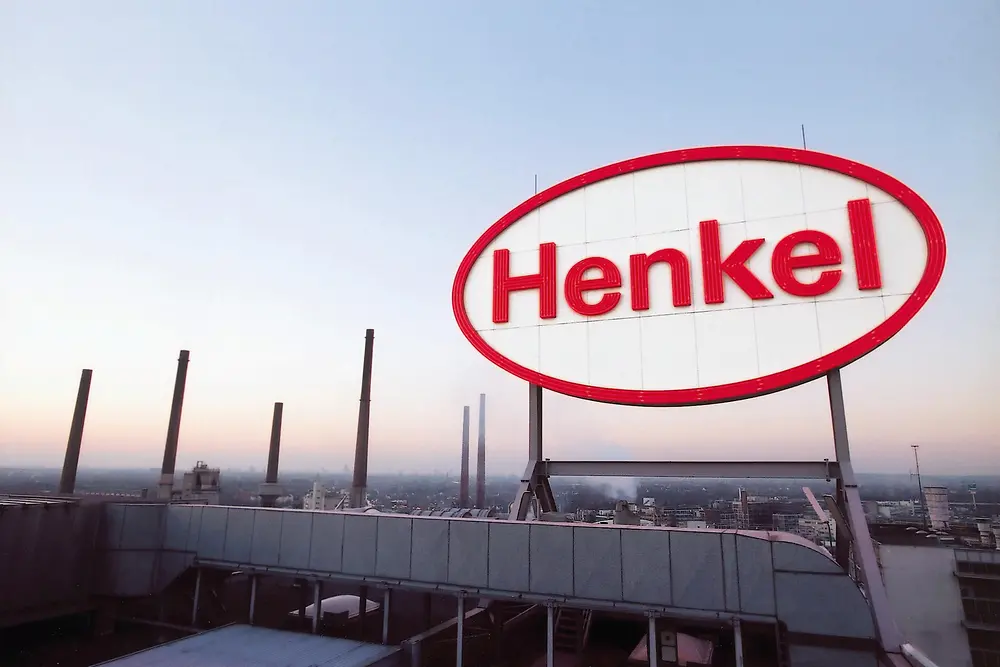We already started before the PPWR came out, thinking about what kind of transformations are needed for our packaging to become more circular. And a great example is our Persil bottle. You might remember, a few years ago, the bottles for the liquid laundry detergent on the shelves were transparent and you could see the liquid for the different variants inside. And at that time, we used a packaging material, that didn’t allow us to incorporate recycled plastic. About two years ago, we changed the material to high-density polyethylene, incorporating 50 percent recycled plastic. Since then, the bottles are white. Because for recycled plastic out of polyethylene – you do not find a highly transparent material on the market. But there’s always “whitish” available. Therefore, we decided to switch the brand aesthetics. I'm super proud that we made this bold move and showed that also brands like Persil are willing to make such transformations and change the entire brand aesthetics to incorporate a high amount of recycled plastic.
The first change you will see in many markets will be the deposit return schemes: You will have to bring your bottles back to the supermarkets – a concept familiar to many in Germany and other markets. This will become the new norm for beverages. You will also notice more reuse examples, and more refill stations. What we're also anticipating is that we will see a little bit less of extreme customization on shelf. Due to design for recycling requirements packaging is getting more standardized. Of course, the printing can still be very much customized, but certain packaging formats we will no longer see. But the shift will happen gradually. It's a step-by-step approach. Consumers will notice it here and there, but the bigger change will only be noticed over a longer period of time because brands like Henkel are already moving today.











